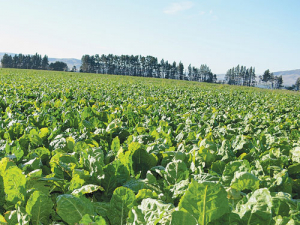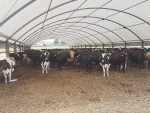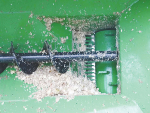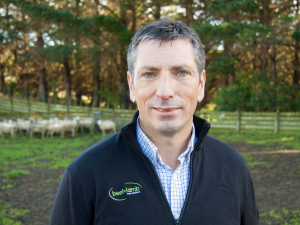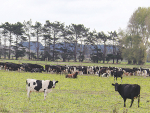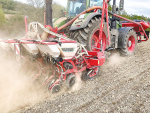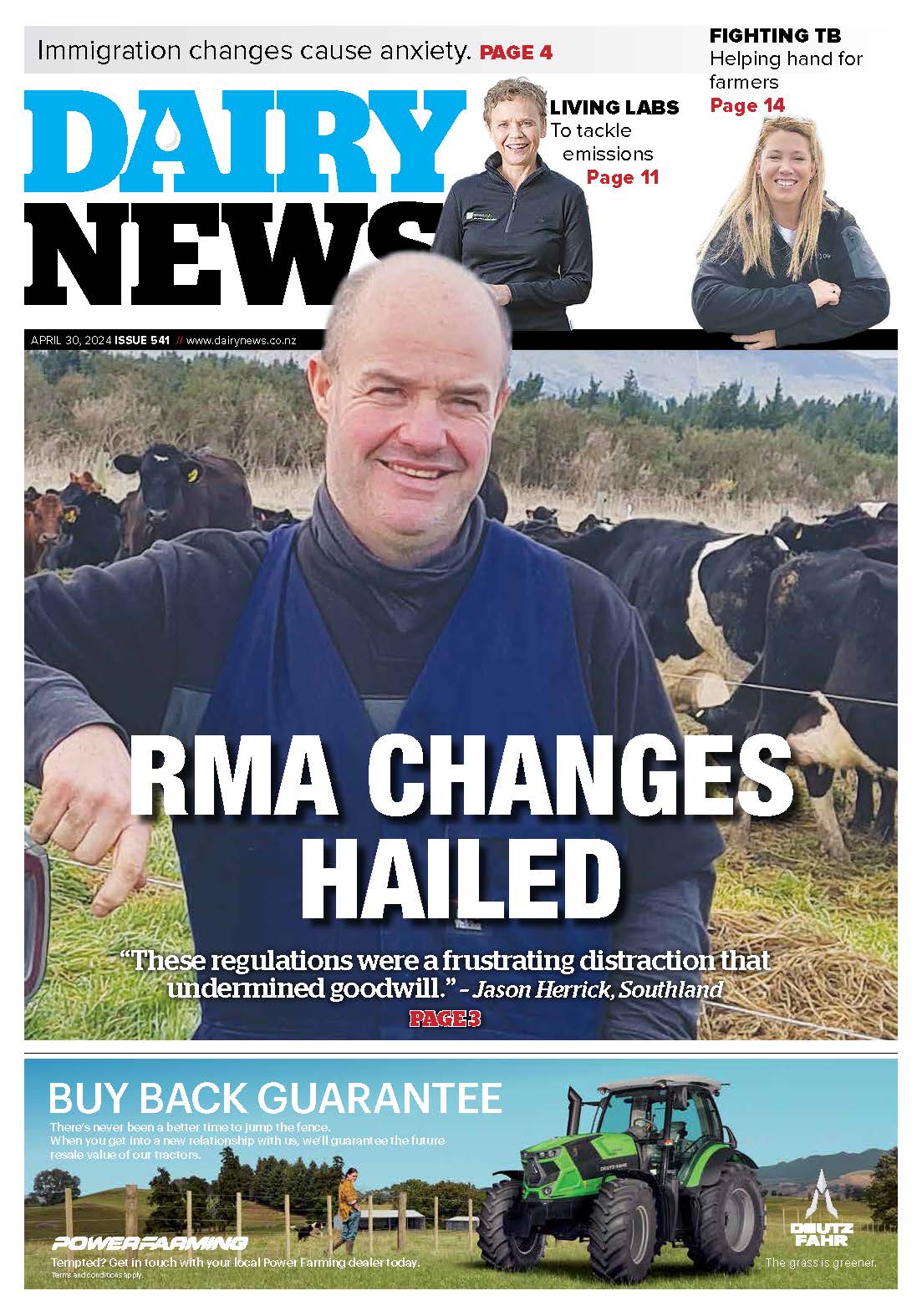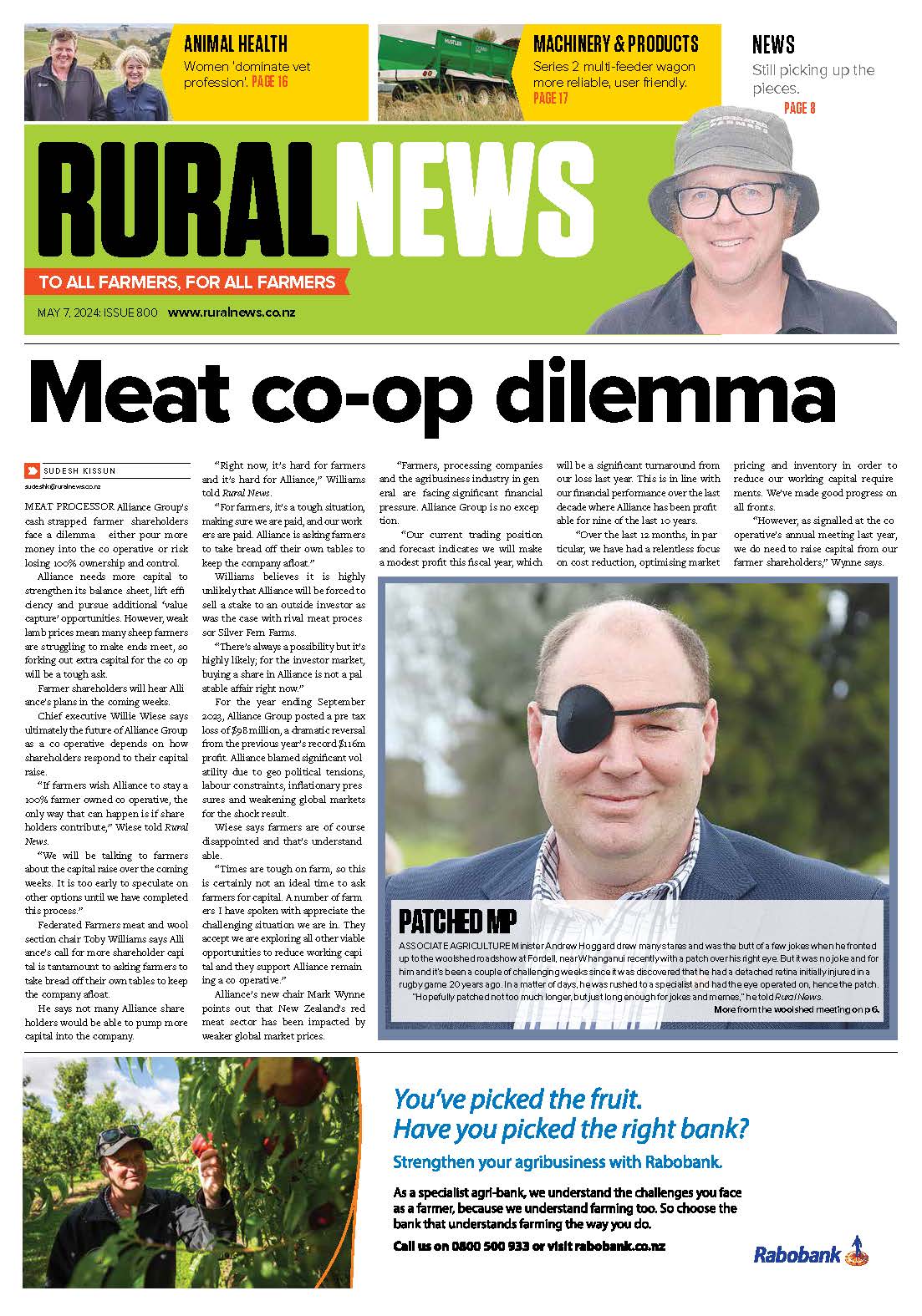Fodder beet, while having been grown in New Zealand for many years, has only recently gained popularity as an important part of dairy cow winter feeding systems.
Increasing use is allowing DairyNZ to better understand the issues associated with feeding this crop. The key to successful use of fodder beet for non-lactating (dry) cow grazing is to follow good practice and not cut corners.
Transitioning cows onto fodder beet
- Make accurate yield and dry matter (DM) measurements, especially in the area to be allocated during transitioning
- Transition cows carefully by slowly introducing them to fodder beet. Decrease the proportion of pasture/silage and increase the amount of fodder beet in the diet over 14-21 days.
- Start mature cows on 1-2kg DM fodder beet/cow/day and only increase by 1kg DM every second day to the required allocation. Do not keep raising the allocation if all cows are not eating beet or bulbs are being left on previous days’ breaks. Start heifers and rising yearlings on 1kg DM fodder beet/cow/day and only increase by 0.5kg DM every second or third day once all animals are eating.
- Rising two-year-old heifers and rising one-year-old calves will be slower to take to eating the bulbs and will sometimes benefit from splitting bulbs by, say, a tractor wheel, to get them onto the crop.
- If transitioning onto unrestricted (ad lib) fodder beet, do this over at least 21 days. After transitioning to 7-8kg DM fodder beet hold this allocation for seven days and then slowly increase the break line a little each day until the cows leave fodder beet behind to achieve ad lib intake. These cows still require 2-3kg DM/day of a good quality fibre source (silage, straw, hay).
- Work out your break size accurately: measure the rows, yield and width of your paddocks. Remember cows can graze under the fence by up to 1m so include this area in the allocation.
- Offer a wide enough face of fodder beet so that all animals in the mob can access the crop at the same time. In paddocks without a grass headland to provide additional space at the start of transitioning, or very high yielding crops, harvesting the beets in the headland and using these for the first few days of transitioning is an option.





